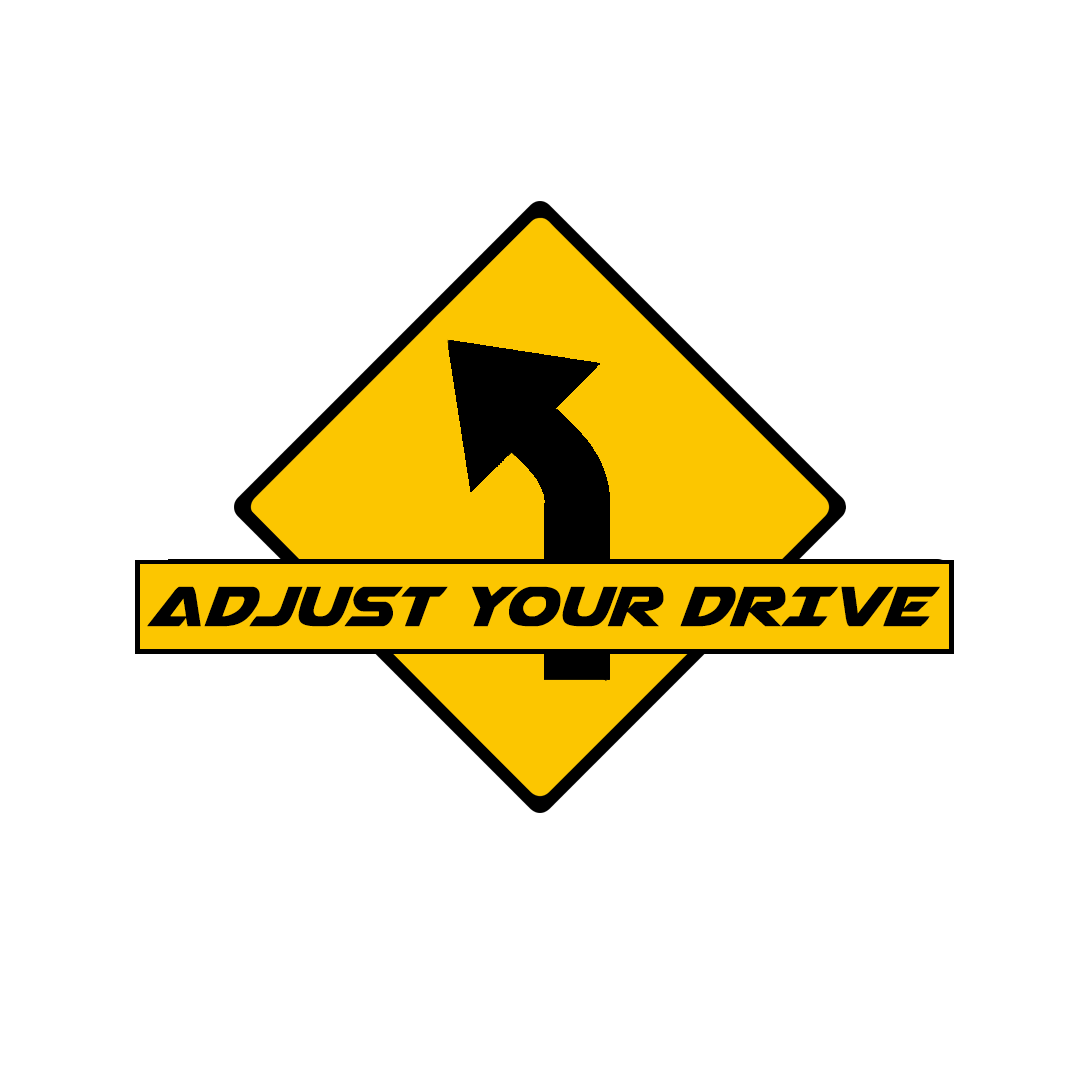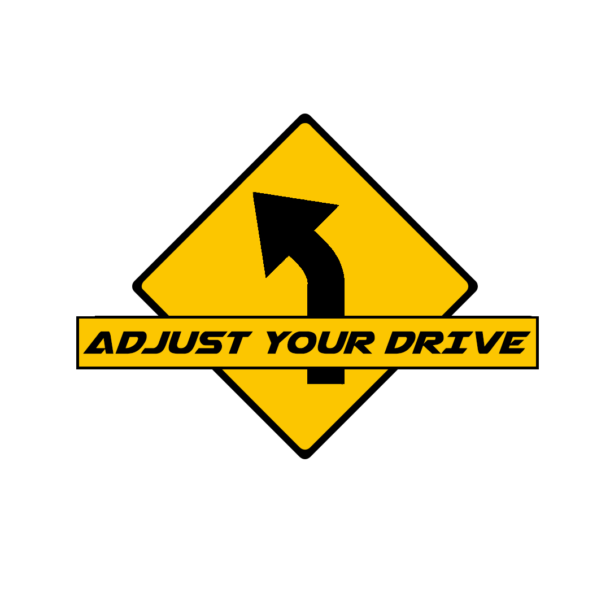A couple weeks ago my friend Tyler had an accident. He swerved to avoid a car that pulled into his lane, and he ended up hitting a light pole. Thankfully he and his two sons were unhurt. His beloved car, however, took significant damage.
When I saw his post I contacted him and offered to help answer any questions. We talked about the accident and what to expect with his insurance claim. His main questions were pretty typical for someone dealing with a total loss, and he said it would be fine to use his case an an example to help explain the process to others.
Thankfully, Tyler has good insurance coverage, even on his older vehicle. He filed a claim using his own collision coverage, they inspected it, and sure enough, the car was totaled.
When an insurance company handles a totaled car, they pay the actual cash value, or ACV. The ACV is what the car would have sold for just before the accident. Since I am a former insurance adjuster, let me walk you through the process.
How Does Insurance Determine a Total Loss?
After a claim is reported, the first step is to inspect the vehicle. The insurance company will need to verify the extent of damage and determine if the vehicle is repairable or not.
Traditionally, a claims adjuster would need to physically inspect the vehicle. However, insurance companies are trending towards using technology to speed the claims process along. Now companies are just as likely to accept a virtual inspection, which may include sending photos or video chatting through a smart phone app. Some companies may also use a third party to inspect, such as an affiliated body shop or salvage yard.
Regardless of who completes the inspection, they will estimate the cost of repairs. This repair estimate might be rough, based on visible damage only, but it will help guide the decision making. The first estimate does not limit the amount payable on the claim.
There are two types of total loss: structural and financial.
- In a structural total loss, the car is not safely repairable. The integrity of the vehicle is beyond repair. This actually represents a small portion of total loss claims.
- In a financial total loss, the car would cost more to repair than it is worth. Insurance companies owe the amount of repairs OR the value of the vehicle, whichever is less. This represents the vast majority of total loss claims.
But it’s not as simple as comparing two numbers. Insurance companies are bound by state laws, and many states use a total loss formula that must be used. Once the repair costs reach a set percentage of the value of the car, the vehicle must be declared a total. This percentage is the total loss threshold, and it varies by state.
In states without a set total loss formula, the insurance company will use the value of the vehicle minus the salvage value (they typically recoup some cost by selling the destroyed vehicle to a salvage yard). Other costs like a rental car may figure into the decision, depending on the company.
How Does Insurance Value a Total Loss?
In handling total loss vehicles, a car insurance company needs to find the fair market value. Of course, they can’t just put up an ad and see what people offer. They need to run a comparative market analysis to find the car’s value.
Typically this is done through a third party company that tracks vehicle sale prices. The insurance adjuster will enter the vehicle’s information into a computer program and run a report. The report that comes back will include info on similar cars from the local area, including sale prices and conditioning ratings.
The report will then calculate the loss vehicle’s value. Because the comparable vehicles aren’t likely to be perfect matches, there will be dollar amounts added or subtracted for various options on each. Mileage is the single biggest factor in adjusting a vehicle’s value. If your car has significantly higher or lower miles than the comparable vehicles, the value of your vehicle will be adjusted lower or higher.
Insurance companies do not use Kelley Blue Book or similar websites to determine value. An adjuster might use something like NADA Guides to get a quick idea of value on a car they’re inspecting. But that would not be a basis for a payable amount.
How to Ensure Maximum Payout
When I talked to Tyler about his car, one of his biggest questions was how to make sure he was paid fairly for his car. His vehicle was a 2002 Chevy Camaro SS with some specific rare options. That makes things a bit hard, because there’s not going to be many similar vehicles recently sold in the area. Something like a 5 year old Camry? There are probably plenty for sale. But a vehicle that’s older and more specialized? Not much to compare to. The report may need to include vehicles with different options, trim levels, and possibly further away than normal.
I told Tyler that the most important thing to check is the accuracy of the report. The insurance adjuster may not be familiar with your vehicle. Always request a full copy of the value report if they haven’t provided it yet, and review it carefully.
Here’s my 5 easy steps to maximizing payout:
1. Double check the VIN (Vehicle Identification Number). Make sure the valuation is being run on the correct vehicle. Adjusters are human and occasionally make mistakes. A single typo could render the entire report useless. Thankfully, this is an easy fix. The adjuster can simply run a new report with the correct VIN
2. Make sure they list all options correctly. Contact the adjuster to add any missing information. Again, this is an easy fix as an adjuster can correct the information and rerun the report.
3. Look at the conditioning adjustments. The handling adjuster will list each area of your car (seats, headliner, paint, wheels, etc.) and a rating (dealership, excellent, good, fair, damaged). If you disagree with the adjuster’s assessment, you can provide photos showing the true condition of your car.
The conditioning sections should list the criteria for each rating. If you feel your car was underrated, that may be a place to argue for additional value. But do know, most cars are not dealership condition. I previously worked as a detailer at a dealership, and I can attest to the effort that goes into making a car look good for a sales lot. Of course, not all dealerships are equal, but those dealing with newer cars want them to look like new.
4. Discuss any recent major work or modifications with the adjuster. But know there is not a dollar for dollar reimbursement. For instance, a new engine or transmission on a high mileage vehicle may add to the overall value. But it may be a few hundred dollars compared to the thousands of dollars spent on the work.
Most routine maintenance does not add value. A vehicle is expected to have working parts. When you pay to replace worn parts, such as new brakes, you are not adding to the vehicle, you are bringing a degraded vehicle back to normal condition.
The same goes for aftermarket parts and modifications. It’s certainly worth bringing them up, as they could add to the value. But a $1000 stereo doesn’t add $1000 to the overall value of the car. Any value added by aftermarket parts will vary widely depending on the vehicle and the parts.
5. The final piece to tackle is the comparable vehicles, usually referred to as “comps.” First, you should review the comps listed. Since these reports are all generated automatically, they should all meet the requirements, but it’s a good idea to check. Comps should be the same make and model, and same year or one year newer. Each should list the sale price, and some adjustments for options, mileage, and condition.
You can do your own looking for comparable vehicles. You will need to find listings that include VIN, mileage, and clear photos. Any vehicles you provide will need to meet the same requirements as above. Your adjuster should be able to review these vehicles and determine if they could be added to the valuation. If so, they will forward the listings to the third party valuation provider, and request an updated report. Ultimately, it is the valuation provider that determines if the new comps change the value at all.
6. As a bonus step, if you are handling the claim through your own collision insurance, you likely have an appraisal clause in your policy. Remember, your insurance policy is the written contract that stipulates exactly what you get from a claim.
Collision coverage usually states that if you are unable to reach an agreement on value with your insurance provider, you can have your car appraised by a third party. The independent appraiser submits their findings, and often negotiates with the insurance company for you. In difficult cases an arbitrator may render a final decision. Check your policy for the specific provisions.
This appraisal is usually at your own cost, but some states specify that the insurance company must reimburse you if the appraisal changes their value assessment.
How Does My Loan Get Handled?
If your vehicle is financed, your lienholder will be paid first, and you will receive the remainder (whatever equity you have built up). Depending on the situation, your lienholder may also have the ability to accept a total loss value on your behalf.
It is important that you continue any payments on your car loan until you confirm it has been paid off. The existence of the loan doesn’t go away because of the accident. You still owe that money, and any missed payments may affect your credit.
What if it’s a Lease?
If you lease your vehicle, you do not own it. The leasing company is the legal owner, and they get paid for the car. If there is positive equity in the vehicle, it is paid in accordance with the terms of your lease. In most cases, that money goes to the leasing company. However, some cases may allow you to collect the equity. It may be worth asking and reviewing your lease agreement, but most lessees do not receive money for a totaled vehicle.
How GAP Coverage Works
The value of a vehicle depreciates over time. If the car depreciates faster than you pay off the loan, you can find yourself “upside-down” on the financing. This is when you owe more than the vehicle is currently worth. Small down payments and longer financing terms increase the chances of being upside-down.
Gap insurance exists to cover the difference between the value of your car and the amount of your loan if you are upside-down.
Gap insurance is an additional coverage, separate from collision and comprehensive. It will not leave you with cash in your hand. However, it will save you from continuing to make payments on a vehicle you no longer own.
New Car Replacement Coverage
Some companies now offer New Vehicle Replacement as an additional coverage, beyond collision and comprehensive coverage. The exact terms may vary by insurance company, so you will need to check your policy. This coverage is typically limited to the first year or two of owning a new vehicle, and will pay additional money beyond the ACV in order to buy a new replacement car.
How Long is a Rental Covered?
If you have rental coverage on your auto policy, your insurance company will pay for a rental car. However, your policy dictates how long the rental is covered. Some policies state the rental lasts a certain amount of days beyond the total loss valuation. Some policies state the rental ends when you buy a replacement vehicle or when your rental limits are reached (typically 30 days total).
If your claim is being handled by the insurance carrier for an at-fault driver, they only owe what is dictated by your state. This usually means they can stop paying for the rental once they have informed you of the valuation, or a certain amount of days after that.
What Happens to the Damaged Car?
When a vehicle is totaled, it would cost more to fix than the vehicle is worth. The vehicle is signed over to the insurance company, who then auctions it off at a salvage yard.
Salvaged vehicles are most often bought by wrecking/recycling yards. They sell any useable parts and eventually the leftover scrap metal. Some vehicles may be bought be rebuilders who fix the car as cheaply as possible and sell it, now with a salvage or rebuilt title.
Can I Keep the Totaled Car?
If you own your car without financing, there’s a good chance you have the option to retain the salvaged vehicle. In this case, the insurance company would deduct the salvage value from your settlement. Some people refer to this as “buying back” the car from insurance. Insurance professionals call this “owner retain.”
Before retaining a totaled vehicle, you will want to do your own research and make a plan for it. In most cases the car is not worth fixing, that’s why it’s being totaled. But in some cases, such as hobbyists, the owner may have a use for the car or they may part it out themselves. If the car is ever rebuilt it will likely carry a salvage title.
Can I Keep Any Parts?
If you want to pull specific parts from the car, such as aftermarket wheels, you will need to discuss that with your insurance adjuster first. Any essential parts will need to be replaced with stock parts. The adjuster will need to adjust the valuation to reflect the condition of the salvage vehicle.
So if you want to keep your aftermarket wheels or stereo, you will need to replace them with stock wheels and stereo, and tell the adjuster. If a vehicle is missing pieces, the value may go down significantly.
One thing you should ask about is license plates. In some states you can keep your license plates with current tabs, and transfer them to your replacement vehicle. Some states do not allow this. Some states allow you to be paid a prorated amount for the totaled vehicle’s registration.
So How Did Tyler’s Case End?
My friend owned an older enthusiast car, and was mentally preparing to be disappointed with the total loss settlement. However, he was pleasantly surprised with the valuation his insurance provided.
Tyler got a little more than he expected for his vehicle. He looked around, but wasn’t happy with the local selection of similar cars. He ended up buying a newer family commuter car, with plans to find another enthusiast project a little further down the road.
I’m glad I was able to offer him some advice, and I hope this same advice helps your claim go smoothly.
You can read more about how insurance works here.
You can read more professional perspectives here.






0 Comments